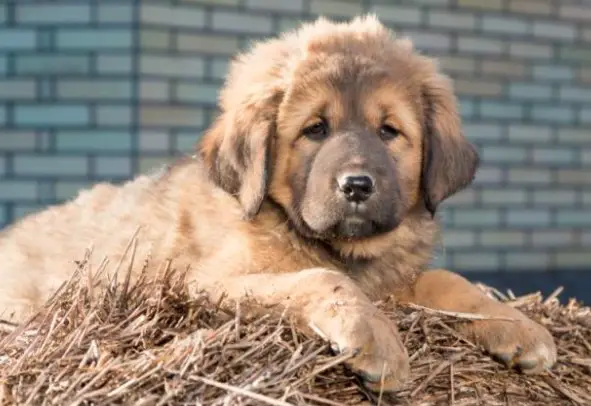The Tibetan Mastiff is a dog breed with a century of history. There are not so many purebred representatives of this breed. Tibetan Mastiffs are the progenitors of all Molossoid breeds. They freely endure frosts, they have a developed protective instinct. Such a dog can become an ideal watchdog, provided the correct upbringing.
Character
One desire to have such a pet as the Tibetan Mastiff is not enough, one needs knowledge, experience, and the ability to handle such animals. A person without experience may not be able to cope with the stubborn nature of a Tibetan. If from childhood, you properly educate the dog and show it who is the boss, it will become a vigilant guard, a faithful friend, and a companion for games.
Stubbornness aside, the character of the Tibetan Mastiff is perfect. The dog is calm, if he sees that the owners are not set to play, he will quietly rest in his place. The Tibetan treats people and pets friendly without aggression. With children, such a pet behaves calmly, he is affectionate to them and patient with children’s pranks.
In short, babies can do whatever they want with the dog, in return the dog will not offend the child. So that children do not harm the pet, especially when it comes to a small puppy. On the other hand, very young children should not be left alone with an adult dog. A large animal can inadvertently injure a baby.
Guarding, sentry qualities in the Tibetan Mastiff’s blood. Despite the calm, peaceful nature, this dog, at the right time, is the protection of both the owner and his possession. With such a security guard, safety is guaranteed.
Maintenance and care
It is recommended to keep a dog the size of a Tibetan Mastiff in a spacious enclosure. A cramped apartment is not suitable for a large-sized dog, she herself will be constrained in movement and will embarrass the owners. Grooming the mastiff outdoors will not harm; wool with a thick undercoat saves him from frost.
In the hot season, the owner should make sure that the pet always has the opportunity to hide from the sun’s rays.
In the cold season, the dog should not suffer from drafts, rain, snow, wind, and other unpleasant natural phenomena. That is why, before installing an aviary with a booth, you need to find a suitable place.
If you place the Tibetan in the house, immediately enter a place for him, place a mattress, a couch, or a rug there. The territory of the pet should not be in a passable place, but it is not recommended to send the dog to the backyard either.
The Tibetan Mastiff puppy sleeps most of the day. Wakes up to go to the toilet, eats and plays a little, then goes back to the couch. Such hibernation scares inexperienced dog breeders. It’s just that representatives of large breeds in puppyhood cause almost all the energy to grow.
As a result, there is no energy left for active games. In no case should the puppy be forced to run, jump, such activity should come from him. Let him sleep as much as he wants, when the dog becomes an adult, everything will fall into place. Permanent hibernation will be a thing of the past, the dog will be active, ready to play, guard the house, and train.
Nutrition is an important part of your pet. The owner must provide the dog with a balanced diet with all the vitamins and minerals the body needs. Feed the animals according to the rules!
Despite the belief that large dogs are difficult to care for, the Tibetan Mastiff does not require special care. The main thing is to accustom your pet to all procedures from childhood, observe all the rules of hygiene and pay enough attention to thick wool.
Pros
- Excellent watchdog skills.
- Friendly, peaceful disposition.
- Not whimsical to the conditions of detention.
- Not picky about food.
- Easy to clean.
- Unobtrusive and independent.
- It tolerates cold climate conditions normally.
Cons
- Inability to live in apartments, in small areas.
- The stubbornness that, without proper training, can turn a Tibetan into a danger to the animals around him.
- Likes to bark, the loud voice of the Tibetan Mastiff creates inconvenience to others.
- It sheds profusely.
- Often, representatives of the breed are distinguished by increased salivation.
As you can see, there are more pluses than minuses, besides, you can fight with minuses. The main thing is to love your pet, from puppyhood to engage in his upbringing, training, and create conditions for the full development of the animal. As a result, you will have an obedient, huge, beautiful, and loyal Tibetan Mastiff dog.
